Watermelon Radish
It is kind of famous right now. People love that it’s a radish and a root vegetable, derived from the heirloom Chinese Daikon radish. Its sisters include arugula, broccoli, and turnips, but none of those veggie siblings even remotely resemble the watermelon radish. In fact, even a traditional radish doesn’t resemble the watermelon radish.
Despite its name, the watermelon radish doesn’t taste like watermelon. It simply gets its name from its physical appearance. It’s also known as a likeness to the pink-and-green watermelon we all know and love.
It has a slight kick — if you aren’t into spicy foods, it might not be for you. But, you can easily avoid the spicy part by composting the outside and eating the center, where it’s sweetest.
As previously mentioned, watermelon radishes are root vegetables. Its leaves are high in vitamins, while their flesh is a good source of calcium, according to Organic Authority.
Customer Reviews
Only logged in customers who have purchased this product may leave a review.
Fresh Leaf UAE
Fresh Leaf UAE is a premier supplier of fresh fruits and vegetables, dedicated to delivering exceptional quality produce to customers throughout Dubai and other parts of the United Arab Emirates. With a strong commitment to freshness, reliability, and customer satisfaction, Fresh Leaf UAE has established itself as a trusted name in the industry.
At Fresh Leaf UAE, we understand the importance of providing our customers with the finest and healthiest produce available. We work closely with local farmers, growers, and suppliers to ensure that every item we offer meets our rigorous standards for freshness, taste, and nutritional value. Our team of experts carefully handpicks each fruit and vegetable, ensuring that only the best makes it to your table.
Our extensive range of products includes a wide variety of fruits and vegetables, sourced both locally and from reputable international suppliers. From vibrant tropical fruits to crisp greens and a colorful array of seasonal produce, we have something to satisfy every taste and culinary need. Whether you're a restaurant owner, a hotel chef, or a health-conscious individual, we have the perfect selection to meet your requirements. We take great pride in our ability to provide consistent quality and reliability to our customers. With our state-of-the-art facilities and advanced storage solutions, we maintain optimal conditions for our produce, ensuring that it stays fresh and flavorful from the moment it is harvested until it reaches your doorstep. Our efficient supply chain and prompt delivery services guarantee that you receive your order on time, every time.














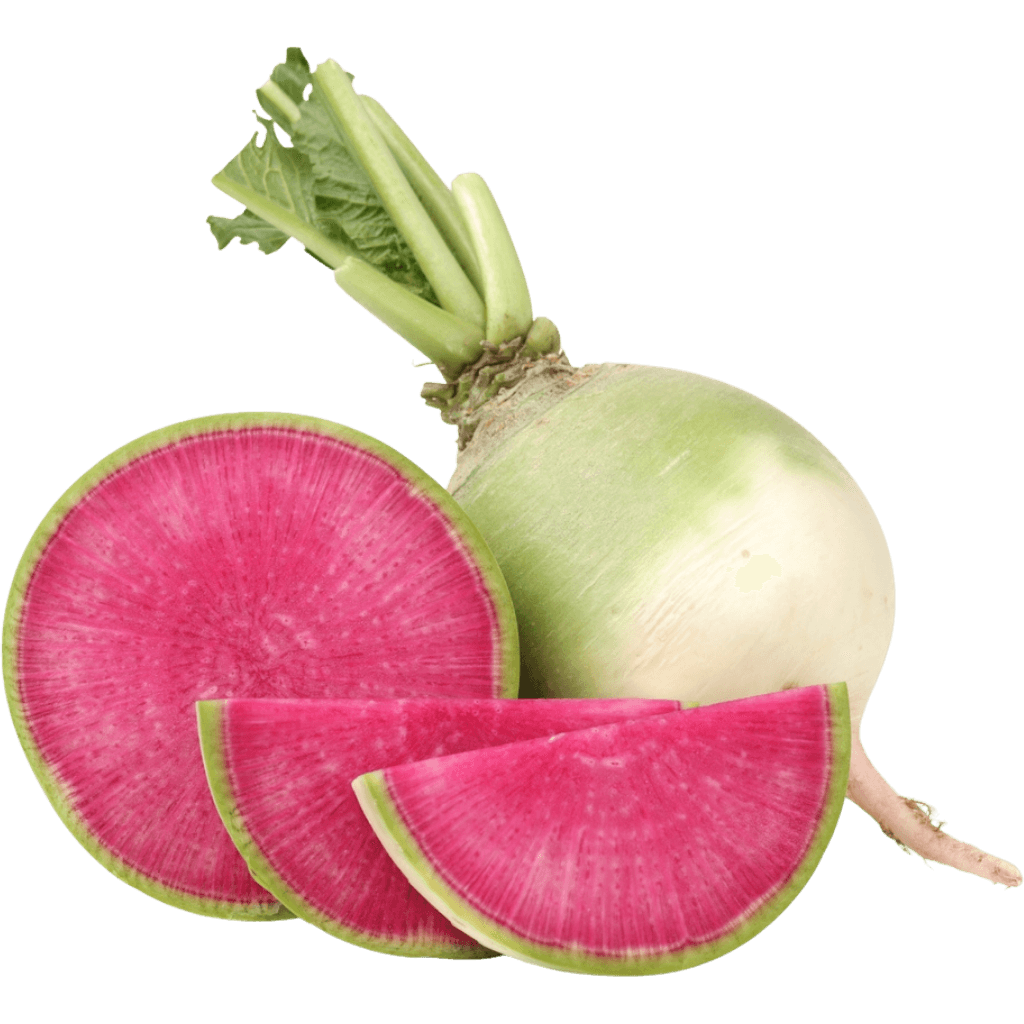
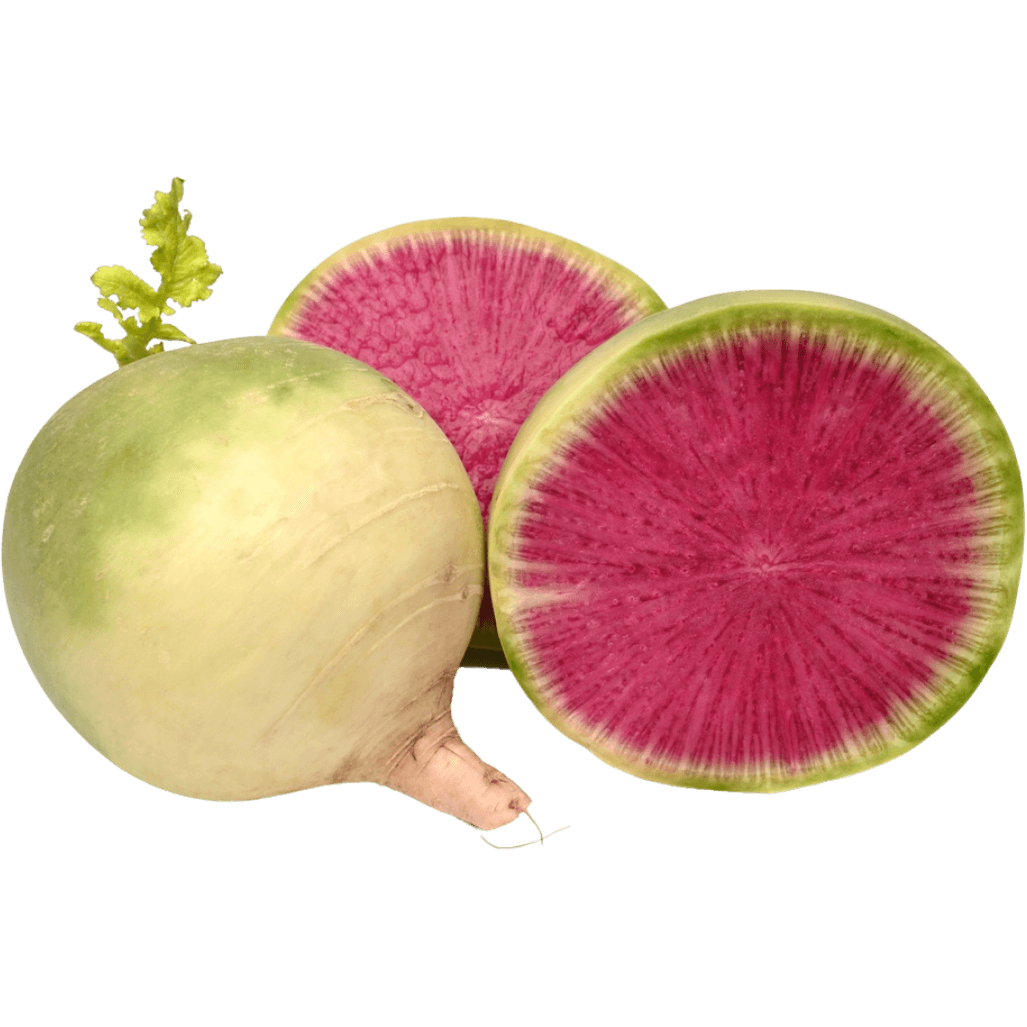
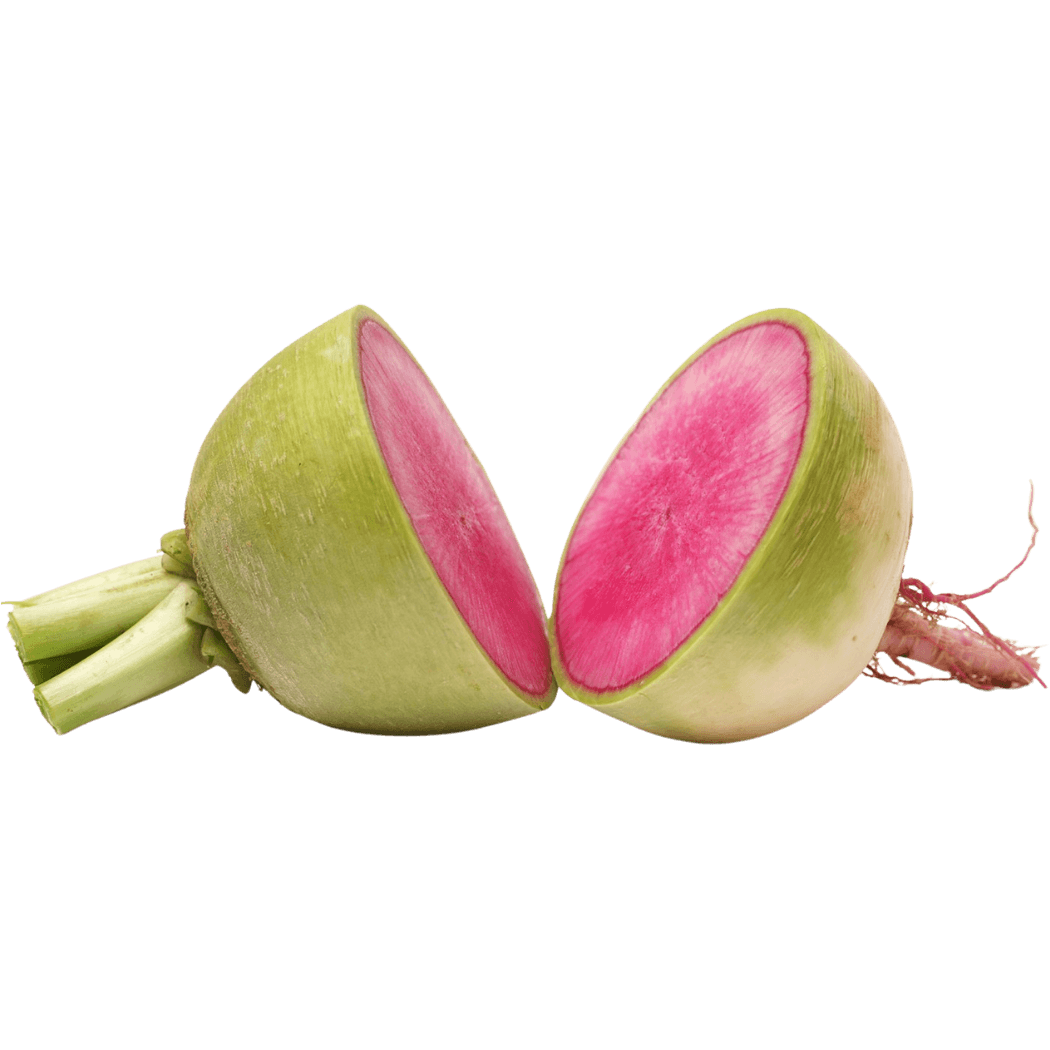

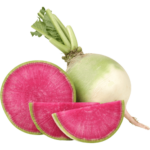
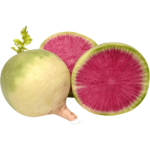
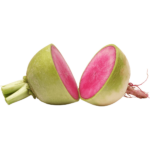
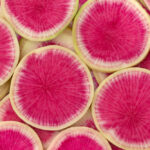

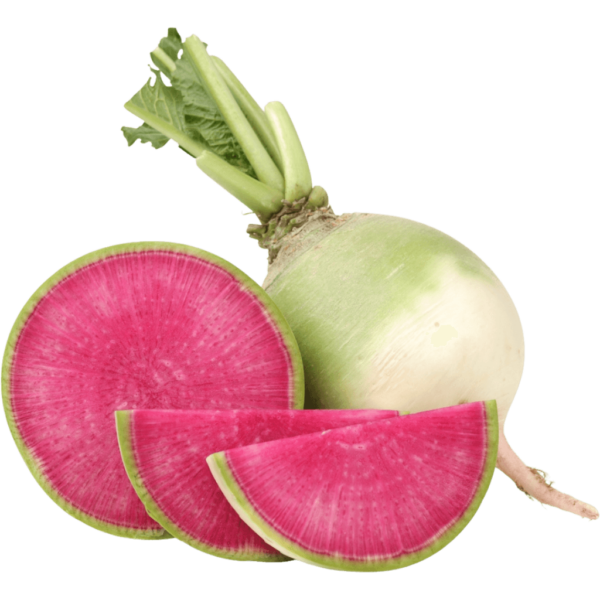
Reviews
Clear filtersThere are no reviews yet.